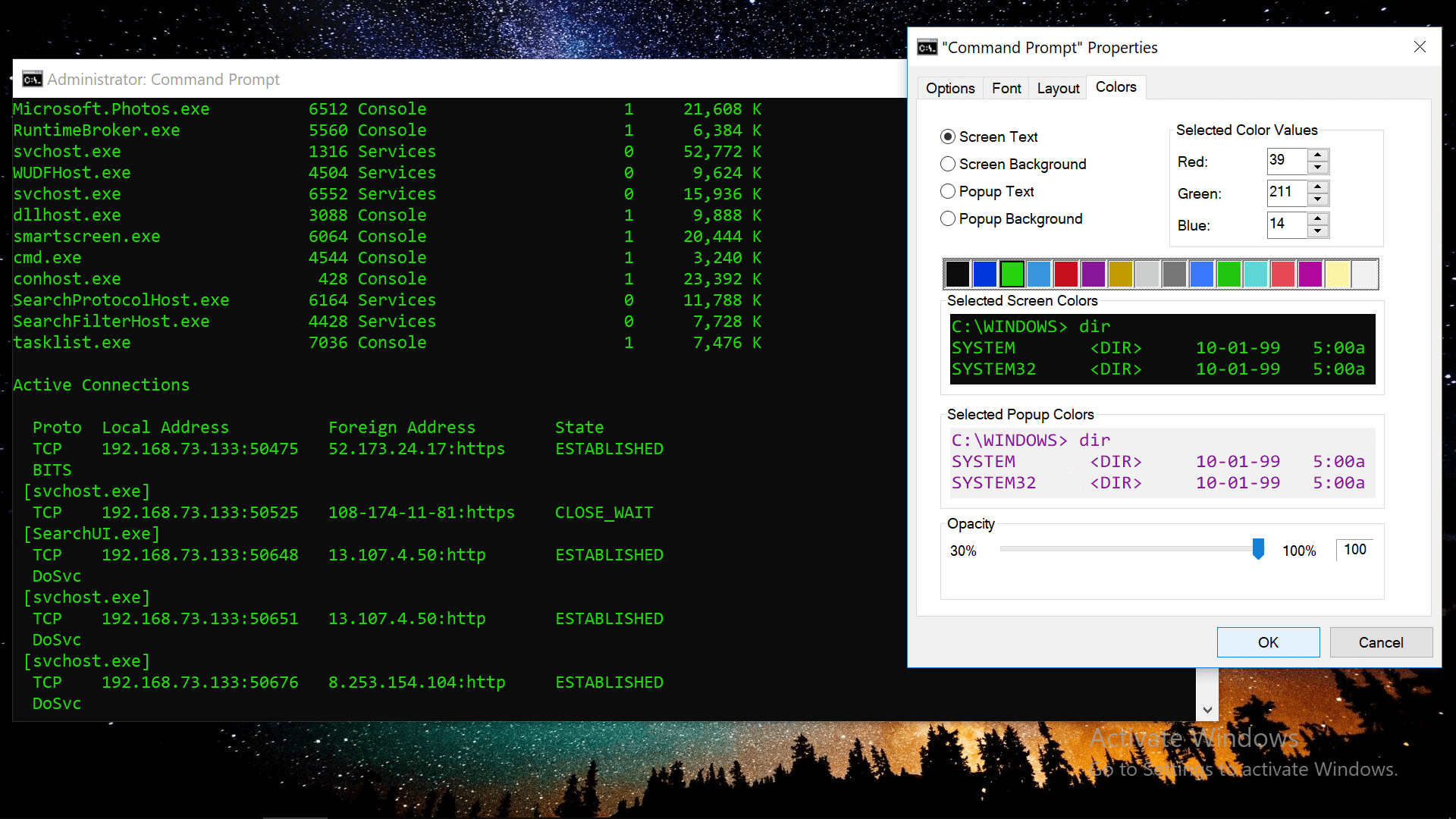
Type `make install` to install all binaries and libraries you built.

To do this, use an absolute path when launching `configure`, e.g. `configure` can be launched from a directory different from the FFmpeg sources to build the objects out of tree. A list of configure options is printed by running `configure -help`. Type `./configure` to create the configuration. The instruction of building and installing FFmpeg can be found inside INSTALL.md in the root of the repository: Installing FFmpeg: 1. To start with, we need to clone FFmpeg source code from its repository, as the master branch is under development, it is better we choose a specific release to compile.Īt the moment I wrote the story, the latest stable version of FFmpeg is n4.3.1, so we will use this version through out the stories.Īfter completing cloning the repository, it is time to build with GCC to make sure it works.Īctually you can skip this part if you are in a rush, but in my own experience it is better to get used to the build system of library first. I considered to take over maybe one of the repositories, but as there are too many changes these years, I decided to do it from scratch and wrote this series of tutorial at the same time to help people to learn how to use Emscripten in a real world C/C++ library. (Kagami/ffmpeg.js continues its development in April 2020)

This series of stories aim to serve following purposes:


 0 kommentar(er)
0 kommentar(er)
